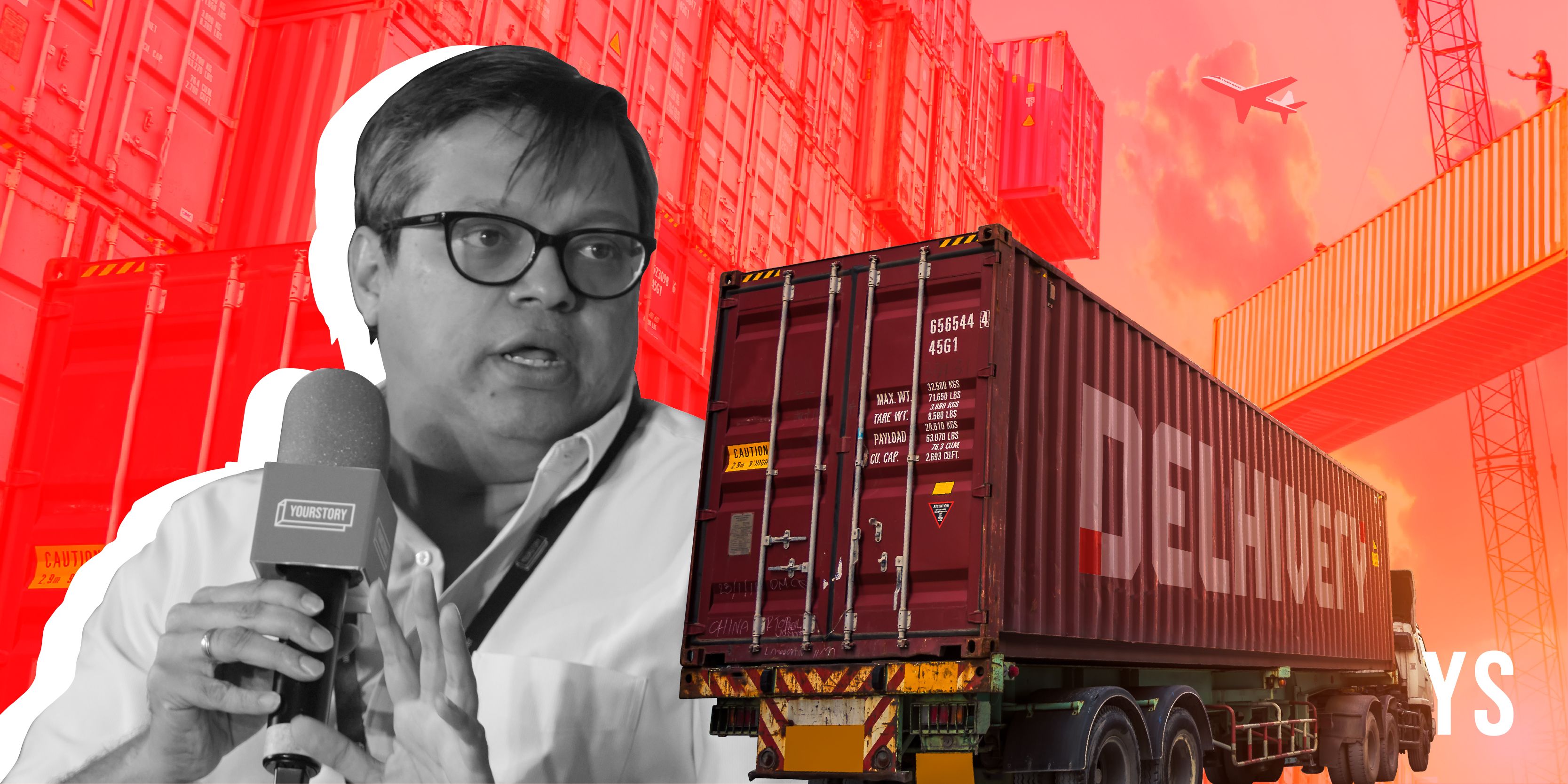Aspiration is seeing a resurgence in Indian consumers: Delhivery COO Ajith Pai
As Indians turn eager to experiment and more willing to buy, the stage is set for thousands of homegrown brands to reach them. Logistics company Delhivery sees itself as an important link in this chain.
Key Takeaways
- The lull in Indian consumption a decade ago has been replaced by a resurgence in aspiration, notes Delhivery COO Ajith Pai
- Indian customers are flexible, using multiple platforms and buying online as well as offline
- D2C selling was happening before Covid but has expanded considerably since, with a brand coming up for every need and at every price point
- Delhivery foresees 1000s of products being born in India and going on to become sustainable, profitable businesses
- Delhivery says is eager to empower and support brands as India transforms into a product nation
It starts with one pizza order a month. That goes on to shape India’s robust consumption story. At least that is how COO Ajith Pai sees the habits of middle India—big aspirations taking off through small purchases.
“While a small segment of customers represent the consuming class which is at the stage of driving purchase frequency, there are a lot of consumers who may not be driving frequency yet but are at the stage of experimenting. Buying one pizza a month, or buying two things online at Rs 350.”
Pai understands these habits well. Delhivery delivers one out of every four packages ordered by Indians today. It also carries an astounding 170,000 tonnes of materials across 20,000 PIN codes. So the logistics company has a front-seat view of, and a healthy stake in, the country’s rising consumption patterns.
India is well past the phase where enthusiasm for buying had somewhat dulled, Pai assures. “One thing that has seen a resurgence is aspiration. For a while after the big (boom) of reforms in the ’90s, there was a period of lull, but in the last 8-10 years, with the way the government has been branding things, that aspiration has come back,” he shares.
Not only is the big fat middle segment consuming more, but it is also showing a desire to consume the finer things. “If they are buying Rs 500 shoes today, I can tell you for sure they are also checking websites of brands where the same shoes cost Rs 2,000, even if they don’t order them right away.”
The flexible shopper
Founded in 2011, Delhivery has been a critical enabler in the rise of Indian ecommerce. Pai explains that digital commerce is seeing a revolutionary surge thanks to a combination of conditions. Apart from having a strong ambition to buy, he notes that Indian consumers are also being flexible in their habits following the pandemic.
The biggest trend Delhivery sees is that the consumer has no qualms about using multiple platforms. “They can straddle different platforms depending on what they are buying, when, how, and at what time,” according to Pai.
Covid was the force that spurred that change. “A lot of Indian consumers opened up to options; they started trusting online commerce beyond just Amazon and Flipkart.” The appetite for buying is now healthy at both digital and brick-and-mortar spaces, he adds. “As the Covid wave went away, people made the shift back to physical stores too.”
Indian consumers are always two steps ahead of everybody else, Pai says. “They are evolving in a uniquely Indian way.” One of those unique ways is how a shopper buys one category totally online, but for another category, the same shopper prefers buying 50-50 online and offline.
What is also unique is the learning curve of Indian shoppers: Some are happy to go directly from buying at the local general store to buying online, totally skipping the natural middle step of buying at the supermarket.
Giving brands a boost
As demand has been growing, so has the breadth of products available to customers. Pai points to the swelling number of small Indian brands, supported by a strong ecosystem of democratised business resources.
Consider how plug-and-play services such as AWS for cloud or Delhivery for logistics allow budding companies to cater to customers far and wide without having to build too many capabilities in-house. “You don’t have to sink in huge amounts of investment in creating ancillary networks,” says the COO. “There’s a whole bunch of others who will help a small company do that, so they can focus on their customer, the product they are selling, and how to drive repeat sales.”
Although D2C selling was happening before Covid, it was selective. Not anymore. “There is a brand coming up for every need and at every price point. Not only will 1000s of products be born in India, but I also think they will be sustainable, profitable businesses.”
Pai is eager for Delhivery to further empower this burgeoning product nation. “In a sense, it is our job to support brands. That’s our business.”











